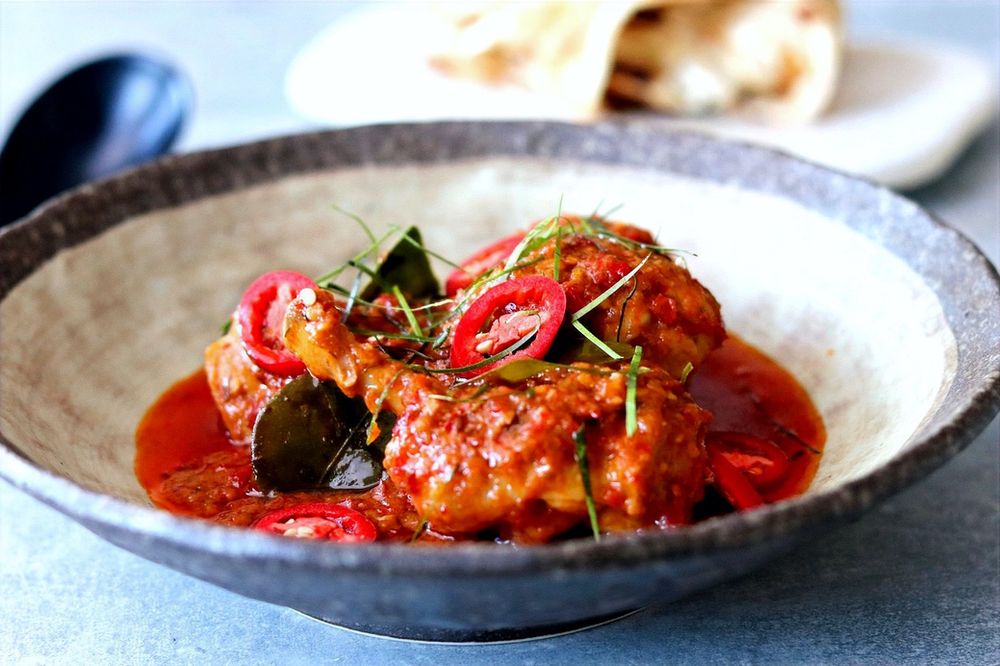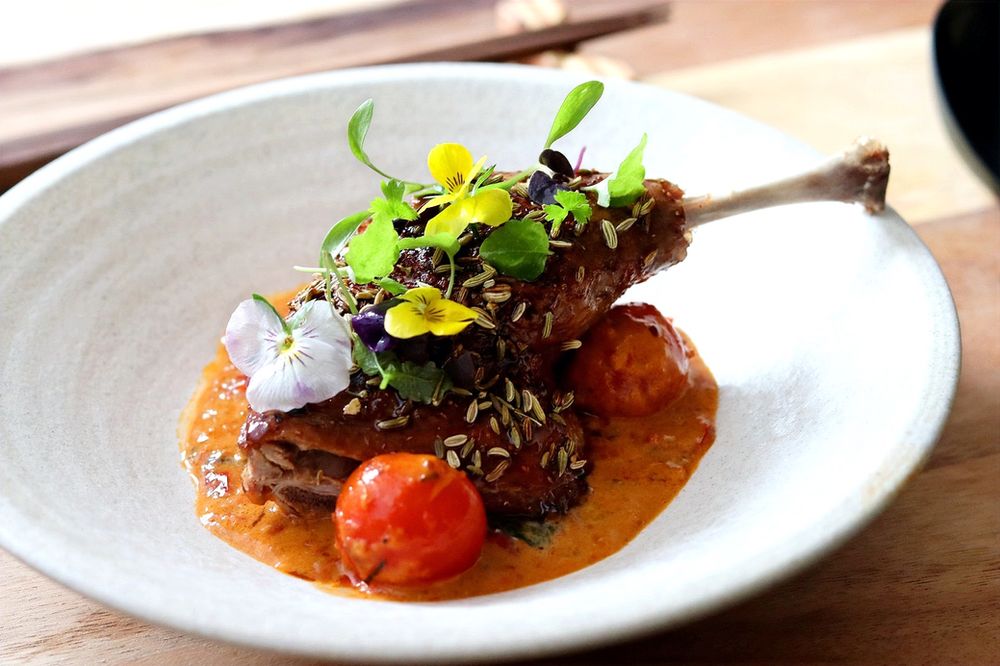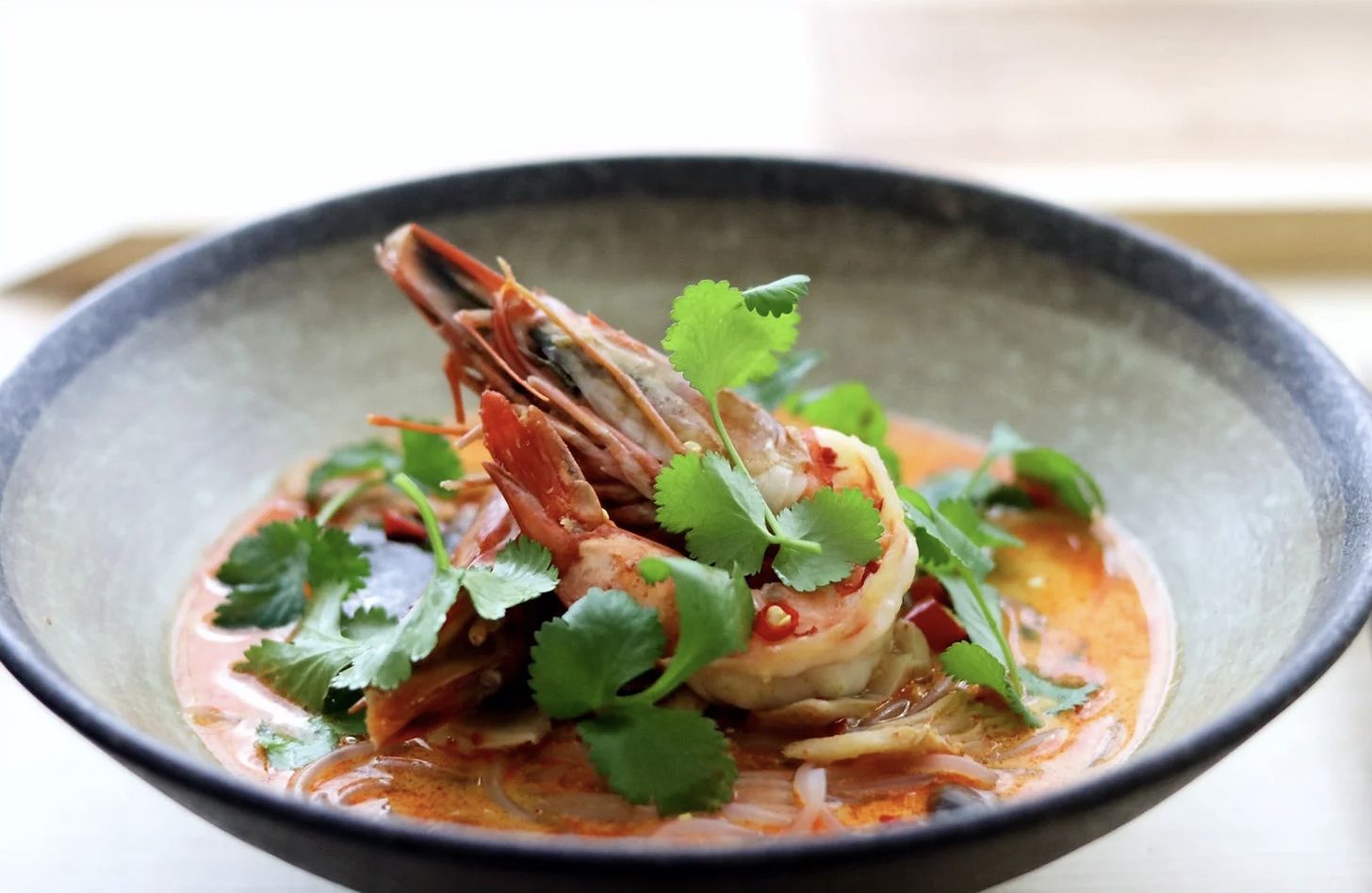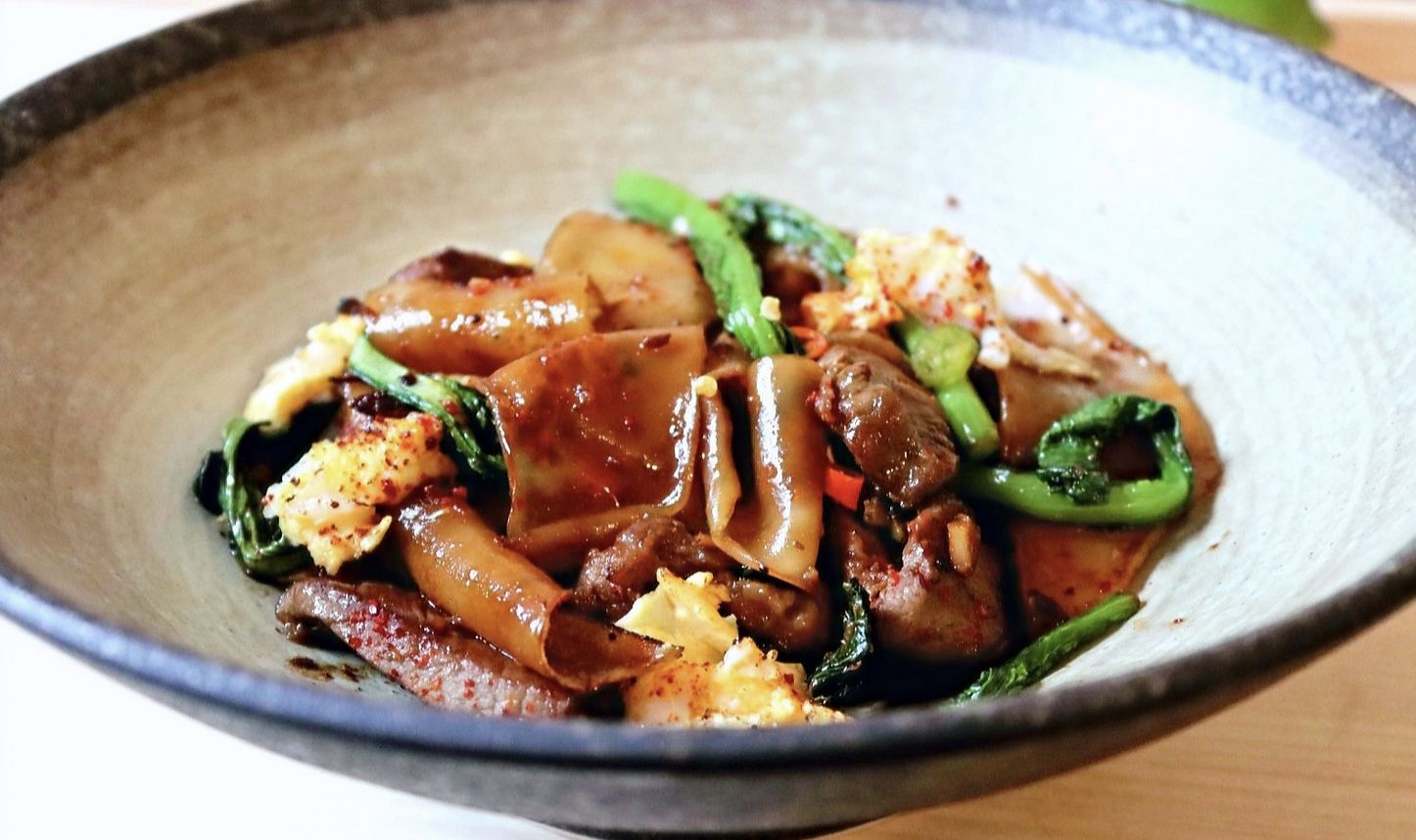
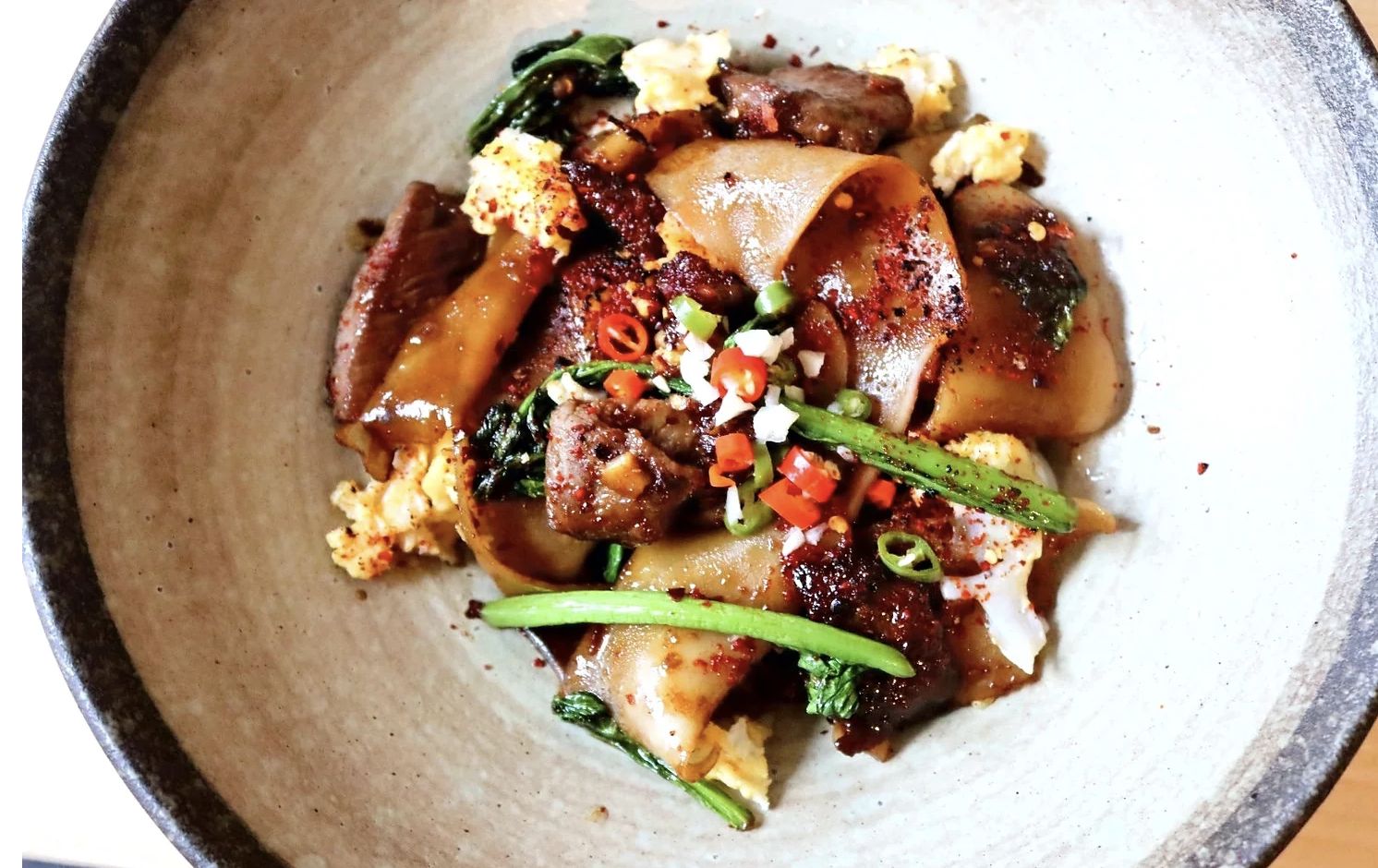
Intro:
Method:
Rice Noodles:
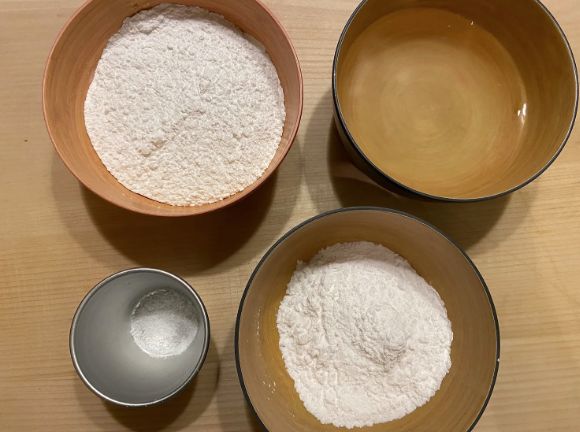
1. Let’s start off this recipe by making the rice noodles, if you can find these fresh from your local asian supermarket then go for it, or dried would work also but making them fresh like this changes the game. In a large mixing bowl measure out and add 125g of rice flour, 65g of tapioca starch and a pinch of salt then mix well until the flour is combined. In a separate jug measure 320ml of cold water then add approximately 3/4 of the water to the rice flour and mix well. Slowly add the remaining water to the flour if needed whilst constantly mixing. We are looking for a consistency that is between ordinary milk and coconut milk. When the batter is smooth with no lumps place to one side and we are ready to steam the rice noodles.

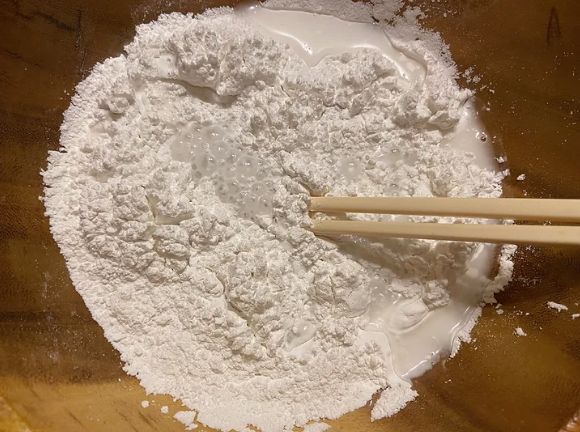
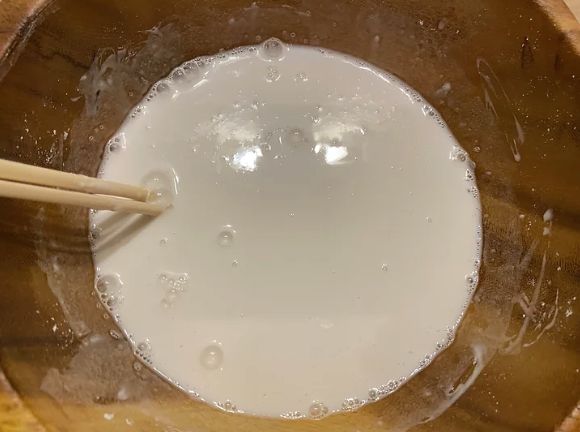
2. Before steaming the batter to make noodles we need to build a simple steaming setup which will make light work for the rice noodles. I find the best way to do this at home is to place a deep pan 1/4 full with water onto a high heat. Now place a ramekin, small dish or a cup into the centre of the pan. The ramekin or cup will prevent the baking tray we steam the rice noodles in from touching the water. Next all we need is a small baking tray that can fit inside of the pan and a tight fitting lid and we are good to go.
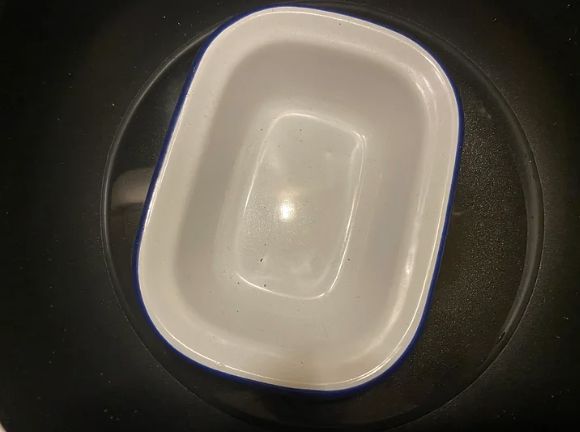
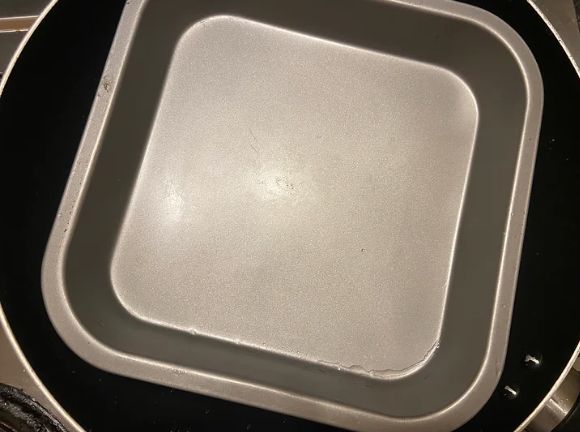
3. To begin, the whole steaming process happens fairly quickly and I found the best way to do this was to find a groove of having 2 baking trays and working in tandem. When the water is just about boiling take a baking tray and lightly grease the base with cooking oil. Next mix the batter then add a ladle or 2 of the batter into the baking tray. We want a thin layer of batter that can just about cover the bottom of the tray. When ready add to the pan ensuring the water is not touching the tray then place a lid over the top. Steam for 60 seconds or until the sheet becomes completely translucent. When ready remove from the pan then lightly brush the top of the sheet with cooking oil again.
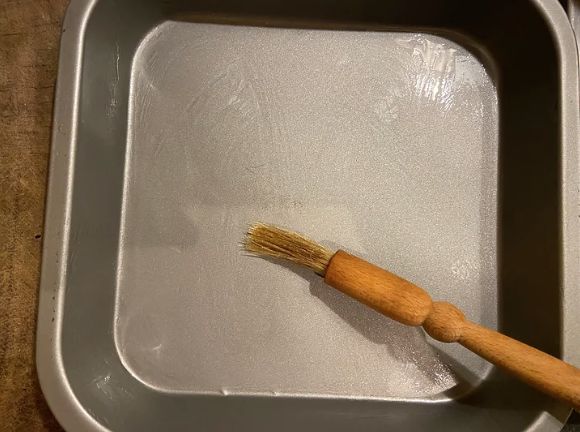
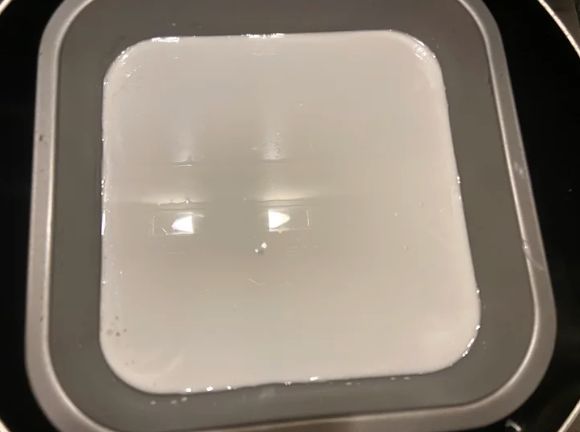
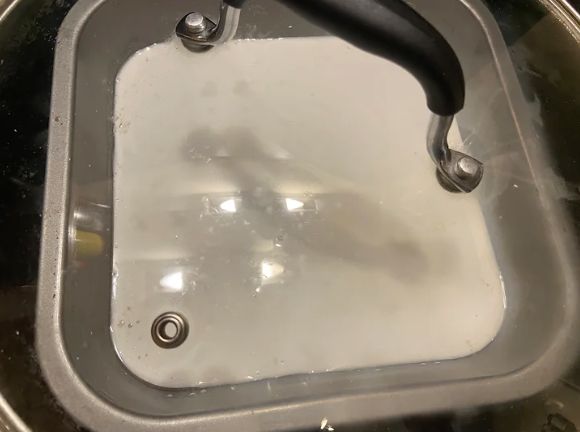
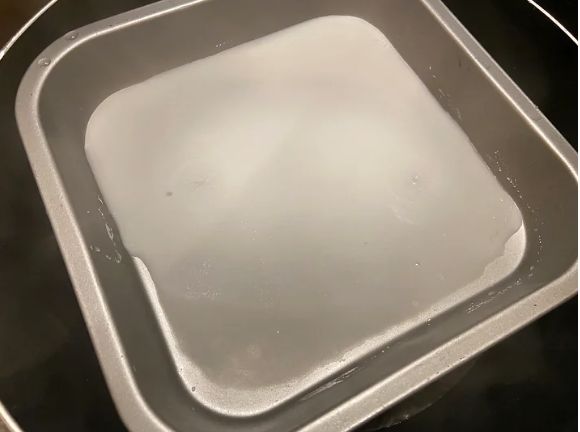
4. Next allow the steamed sheet to briefly cool then using a knife cut into thick noodles that are approximately 1 inch wide. Carefully remove the cut noodles from the baking tray then place each rice noodle onto a tray lightly greased with oil. Repeat this process until all of the batter is steamed mixing the batter well each time we use it. When all of the noodles are steamed and cut cover with clingfilm and place to one side.
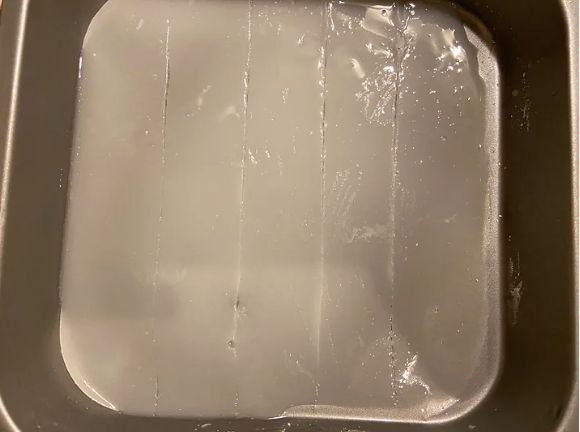
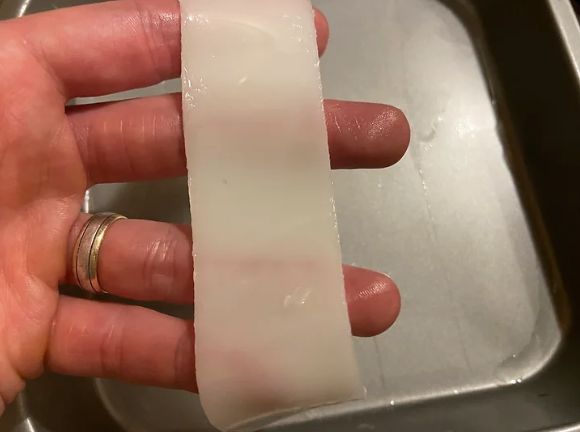
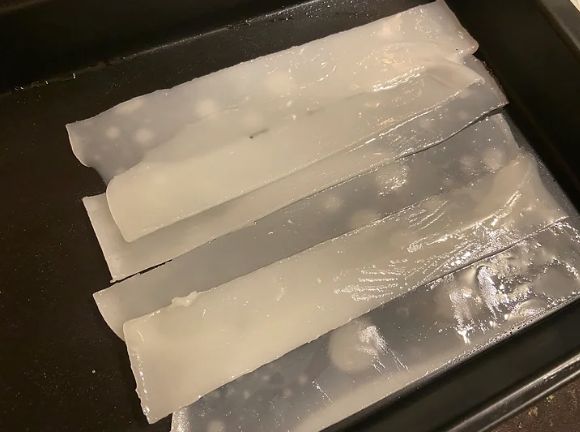
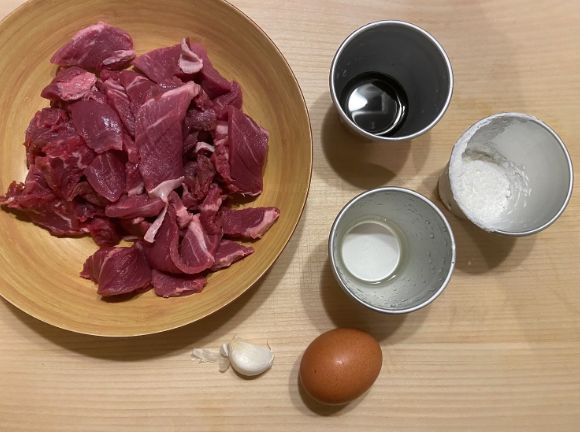
5. For the beef we want to briefly velvet before cooking as this will ensure the beef is super tender and create a good char when cooked. Start by slicing 450g of either beef fillet or ribeye into medium thick slices against the grain. When sliced add to a bowl then also add 2 tbsp of light soy, 1 tbsp of cooking wine, 1 minced garlic clove, 1 1/2 tbsp cornflour, a pinch of black pepper and 1 whole egg. Mix the beef well going in one continuous direction until the beef becomes nice and velvety in texture. Allow the beef to marinade like this for approximately 30 minutes if possible.
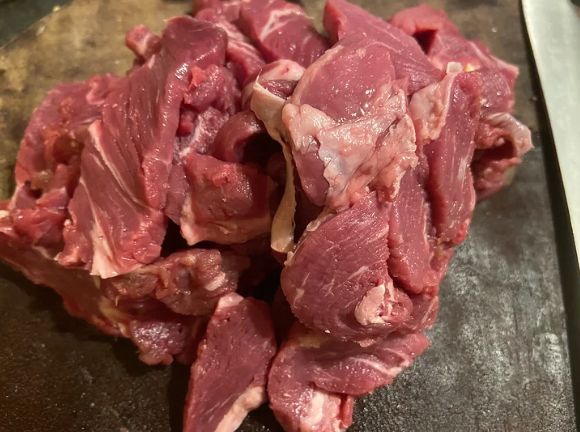
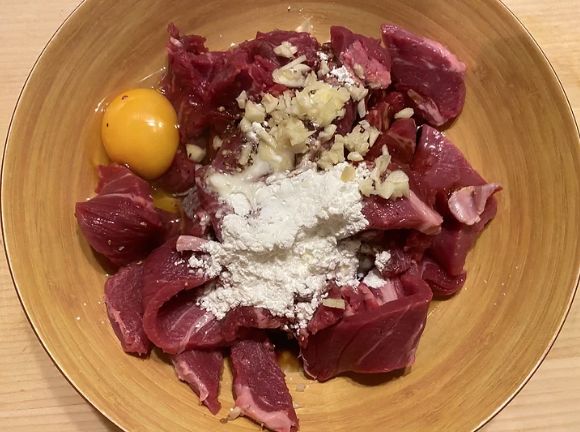
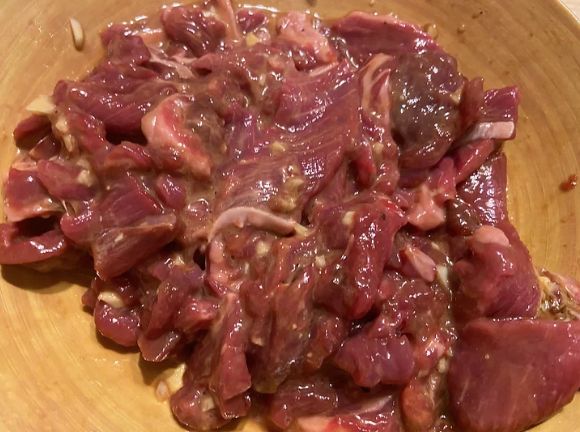
Pad See Ew:
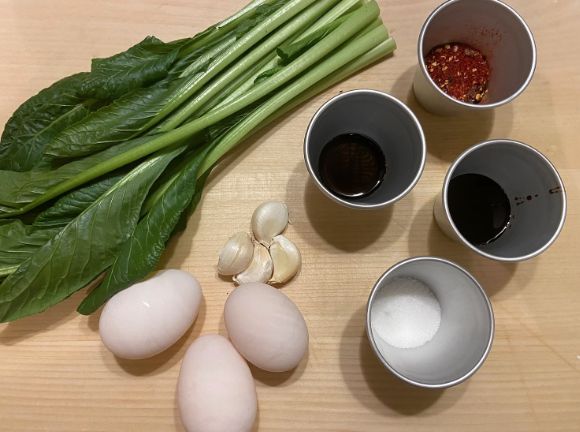
6. Just before we begin, this is one of those recipes where its best to prepare all of the ingredients before cooking as the actual cooking process is quite quick. Wash and prepare some choi sum by washing then separate the leaves from the stem then finely mince 4 cloves of garlic. For a sauce for the pad see ew measure out 3 tbsp of light soy, 2 tbsp of kacip manis or dark soy, 1 tbsp of white sugar and some optional chilli flakes to add towards the end.
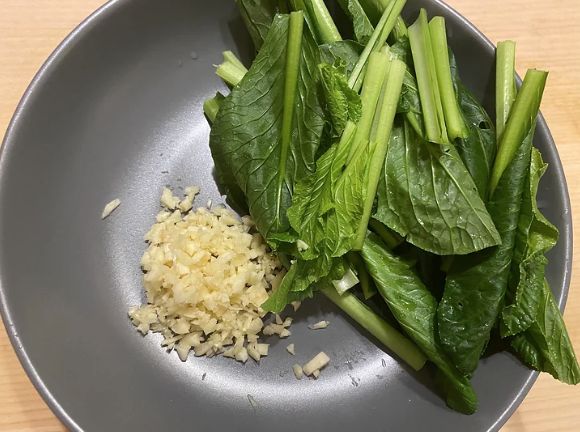
Chilli Vinegar:
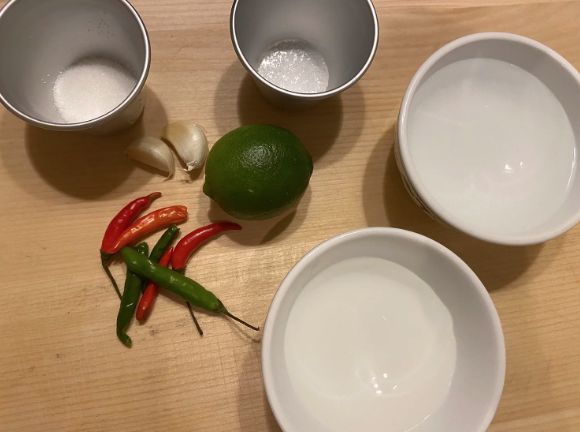
7. This final vinegar dressing part of the recipe is totally optional as its only purpose is to drizzle over the noodles at the end to cut through some of the fat from the frying process. To make a simple chilli vinegar in a bowl add 50ml of rice vinegar, 75ml of hot water, 1 tbsp white sugar, 2 minced garlic cloves, 6-8 chopped Birdseye chillies and a pinch of salt. Mix well until the sugar dissolves and the dressing is ready.
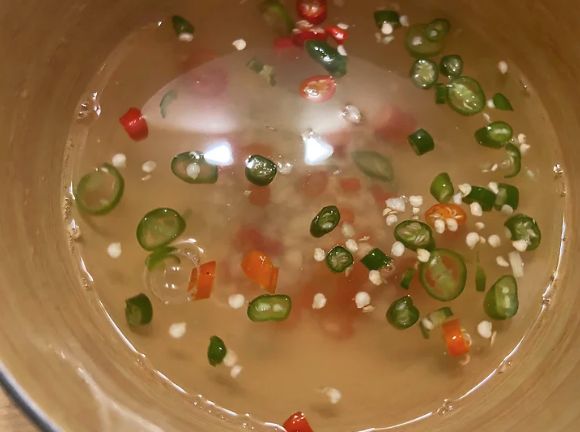
8. Now to cook, starting with the beef we want to get a good sear before we cook the rest of the ingredients. Place a large wok or pan onto a high heat then when smoking hot drizzle with some oil. Add the beef and sear on both sides for 2-3 minutes until golden brown. Remove the beef when seared and place to one side.
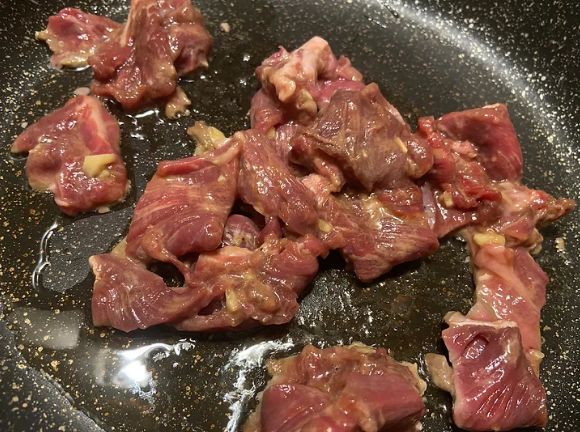
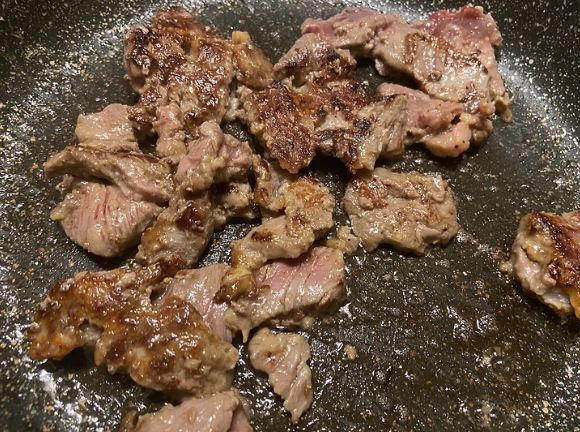
9. Next wipe the pan dry then add another fresh touch of oil, add all of the minced garlic and fry for 30-45 seconds until fragrant. Now the choi sum to the garlic and again briefly stir fry for an additional 30 seconds to soften the choi sum. We can now add the cooked rice noodles we made earlier and continue to stir fry to crisp up the rice noodles.
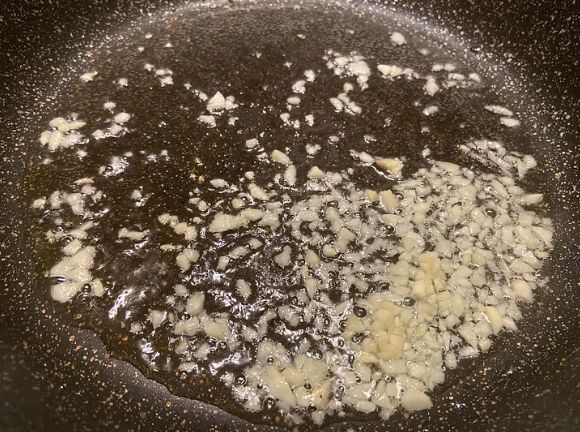
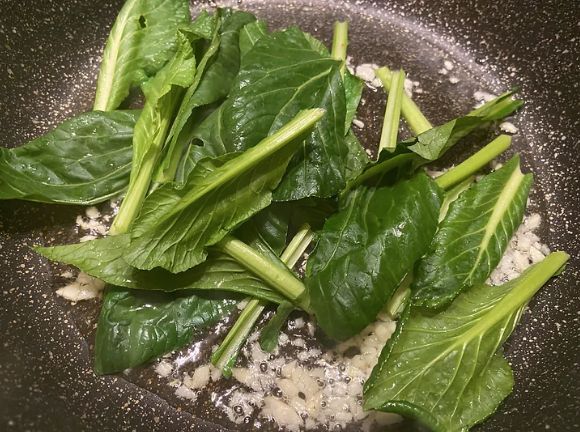
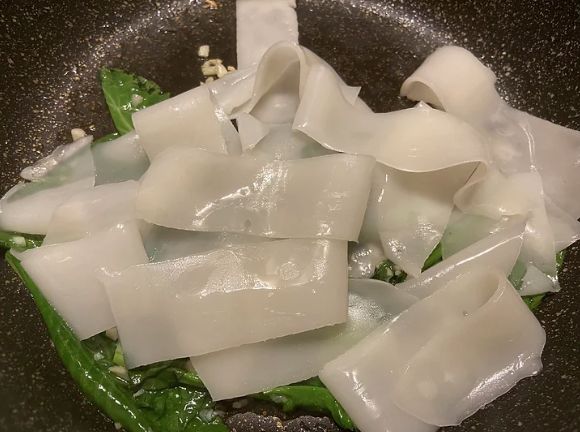
10. When the rice noodles start to crisp we can begin to finish the dish by adding the beef back to the pan and seasoning the rice noodles with a touch of kacip manis, some light soy, a pinch of black pepper, a touch of white sugar and some dried chilli flakes for some heat. Continue to stir fry until the sauce reduces and coats all of the noodles. The sauce should cling tightly onto the noodles and we are not looking for a wet sauce. When ready push all of the noodles to the corner of the pan then crack and add a few duck eggs or regular eggs on the other side. Scramble the eggs until cooked then when ready fold into the noodles and we are ready to serve.
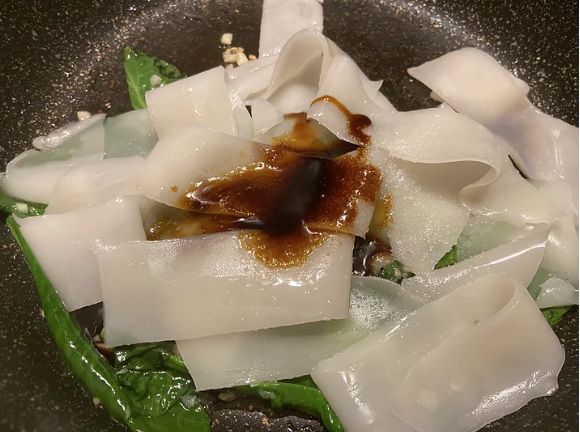
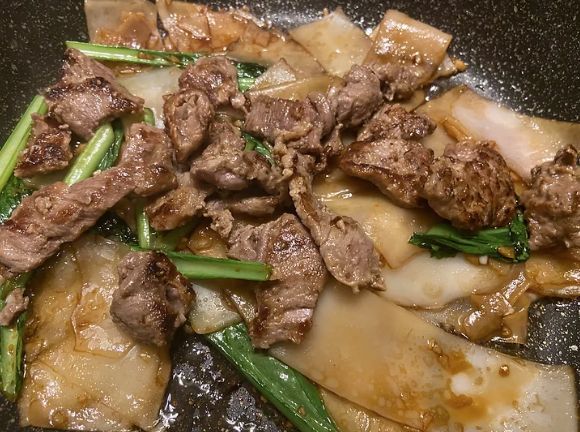
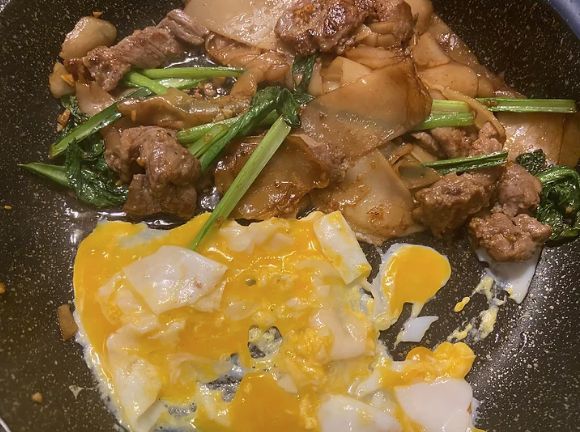
11. Just before serving adjust the seasoning if needed by either adding additional soy, sugar or chilli flakes. Divide the noodles into serving bowls and I personally like to add another hit of chilli flakes over the top of the rice noodles. Add some chilli vinegar on top and nourish! The great thing about Pad See Ew is that its perfect to be eaten at anytime of the day! Hope you like this simple, delicious recipe!
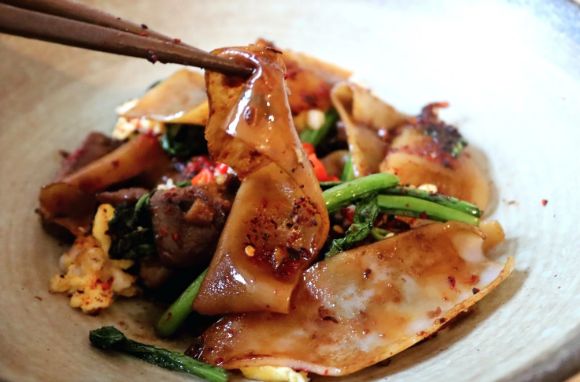
Beef and Marinade:

